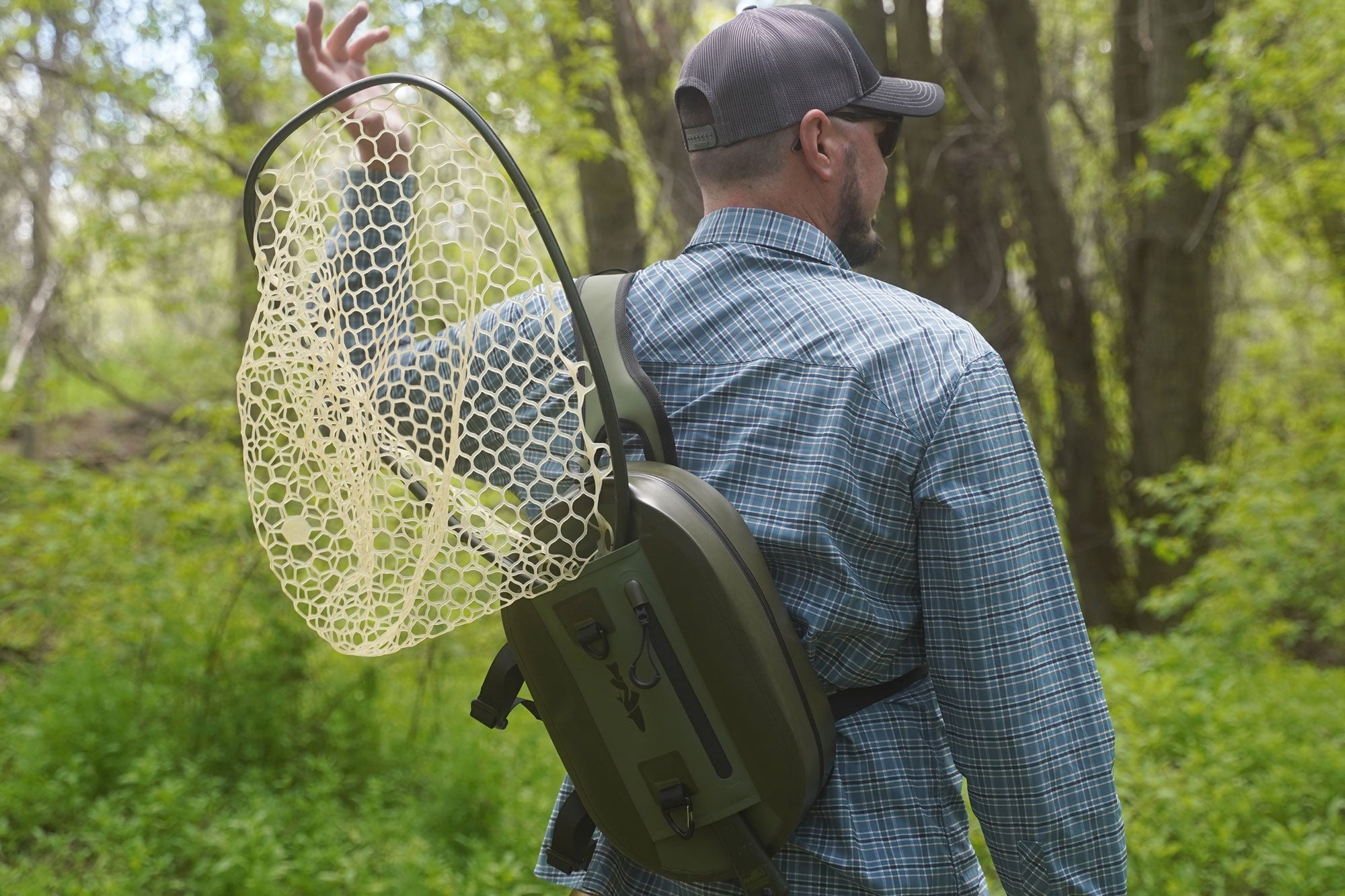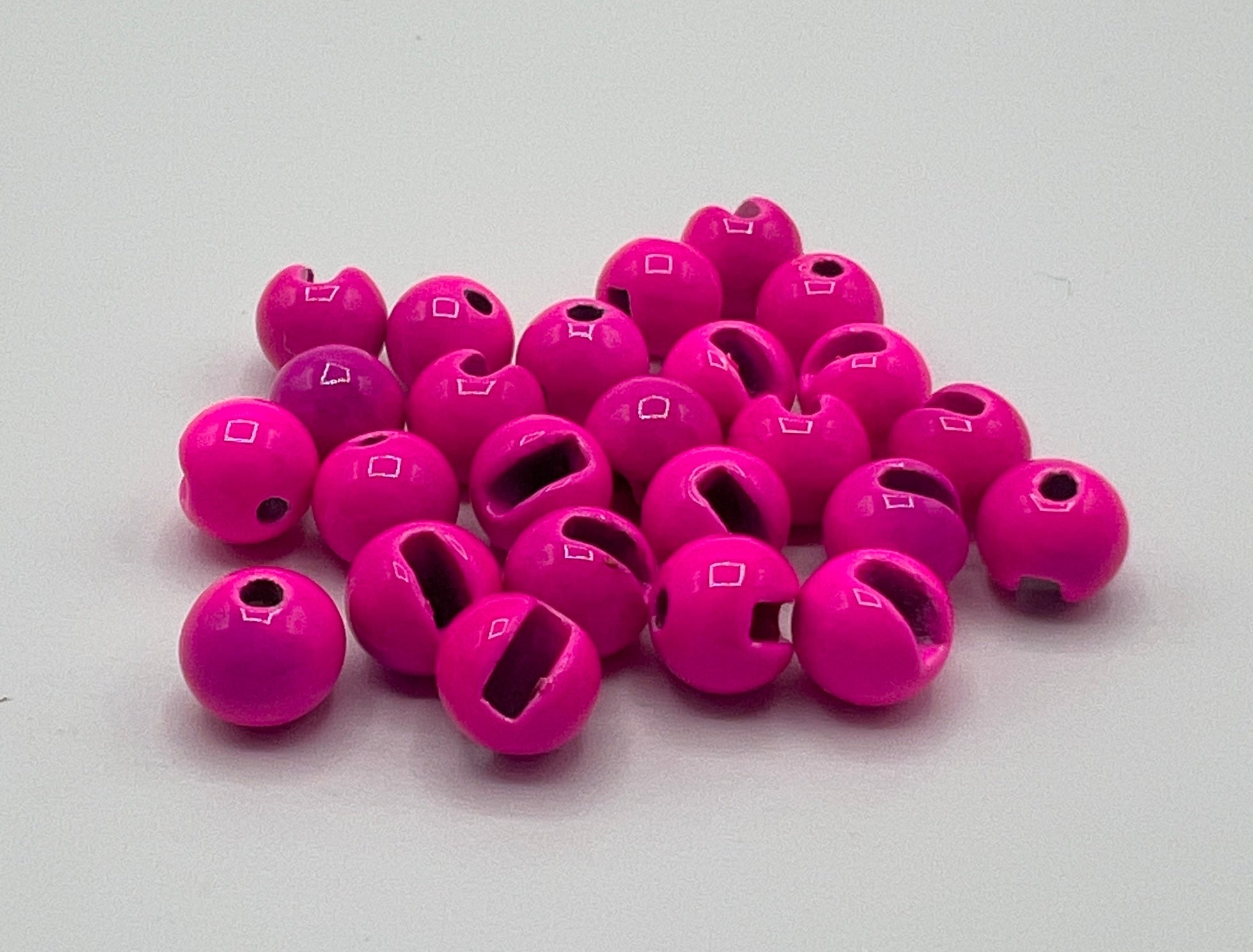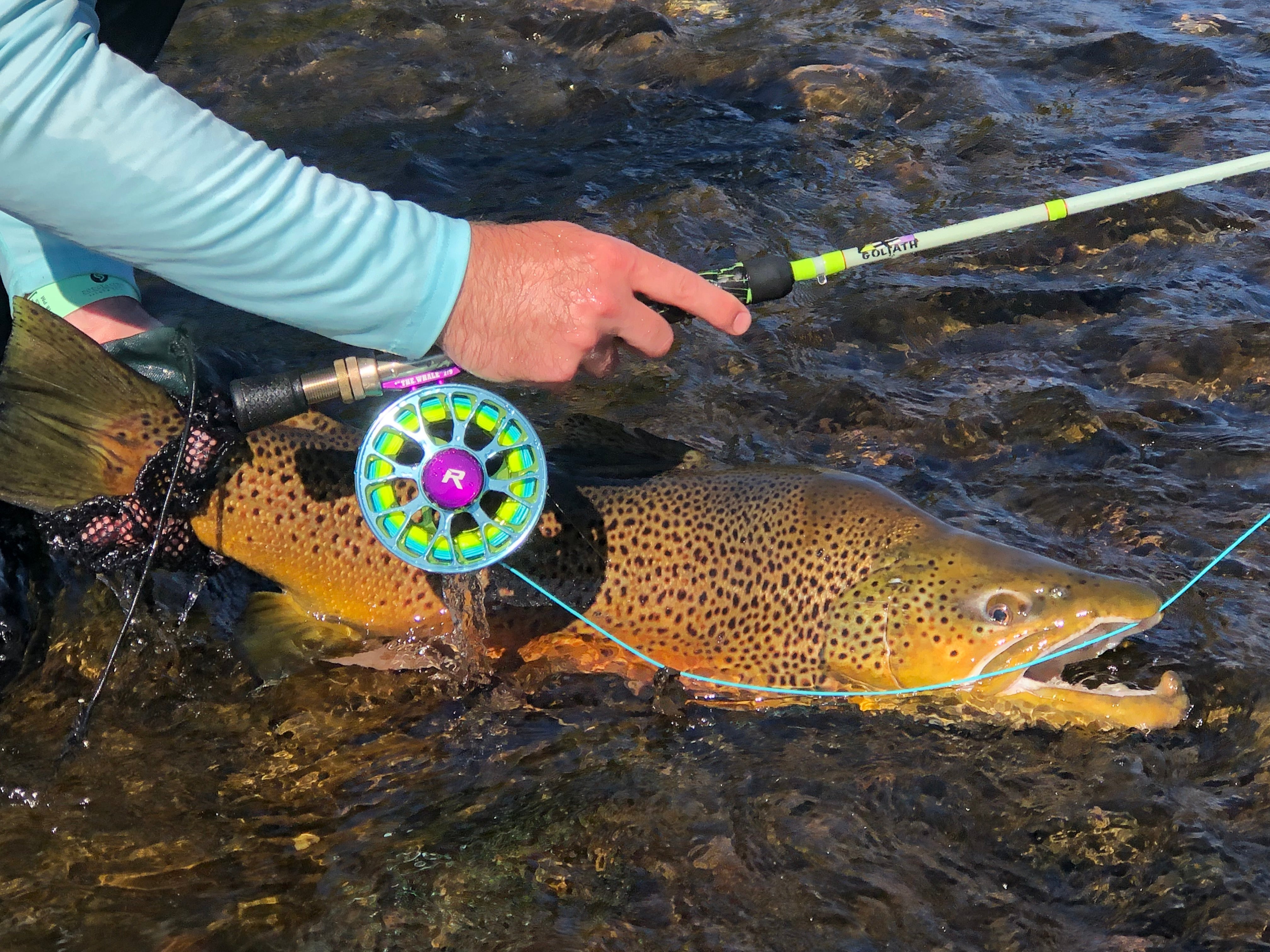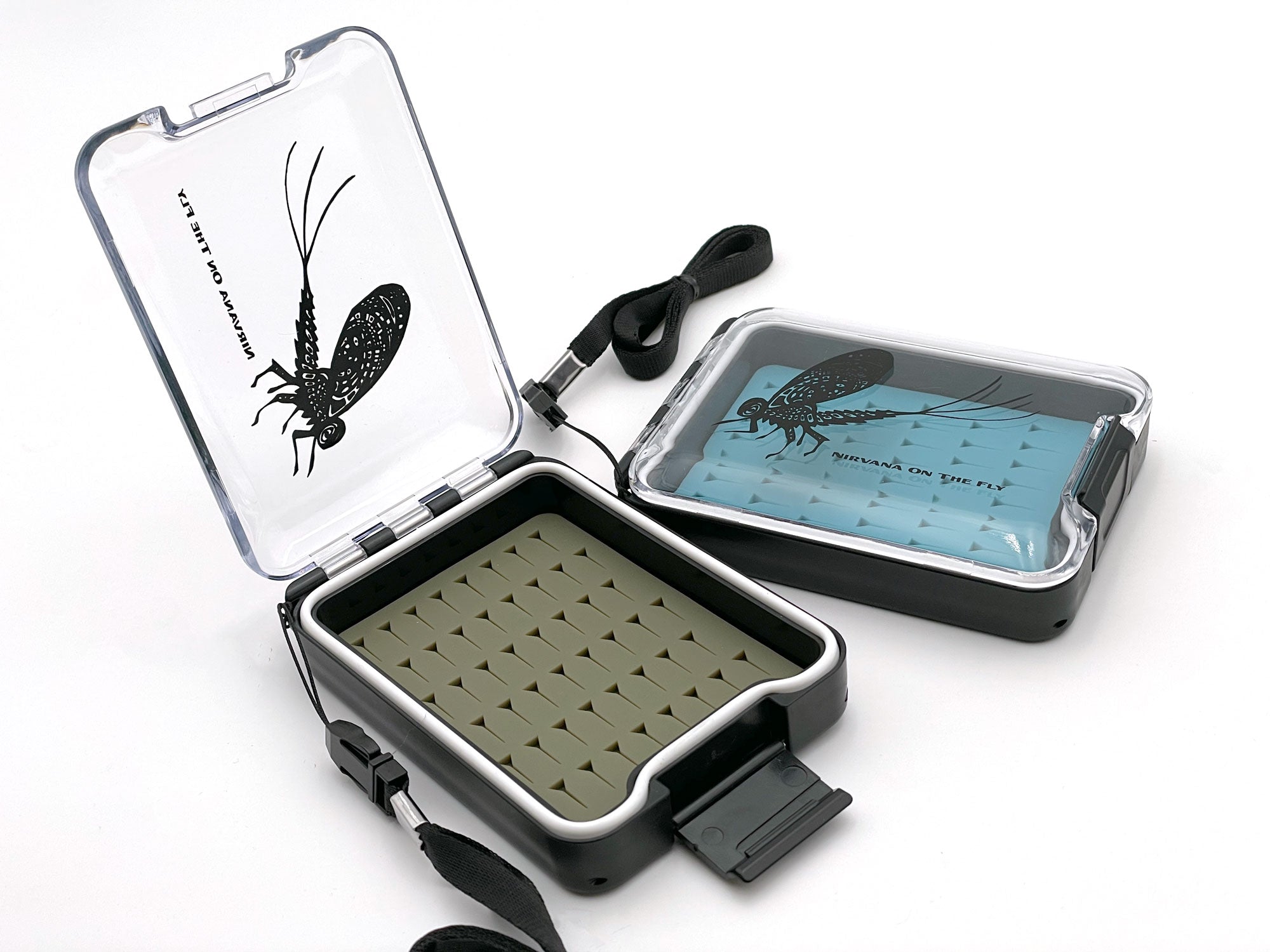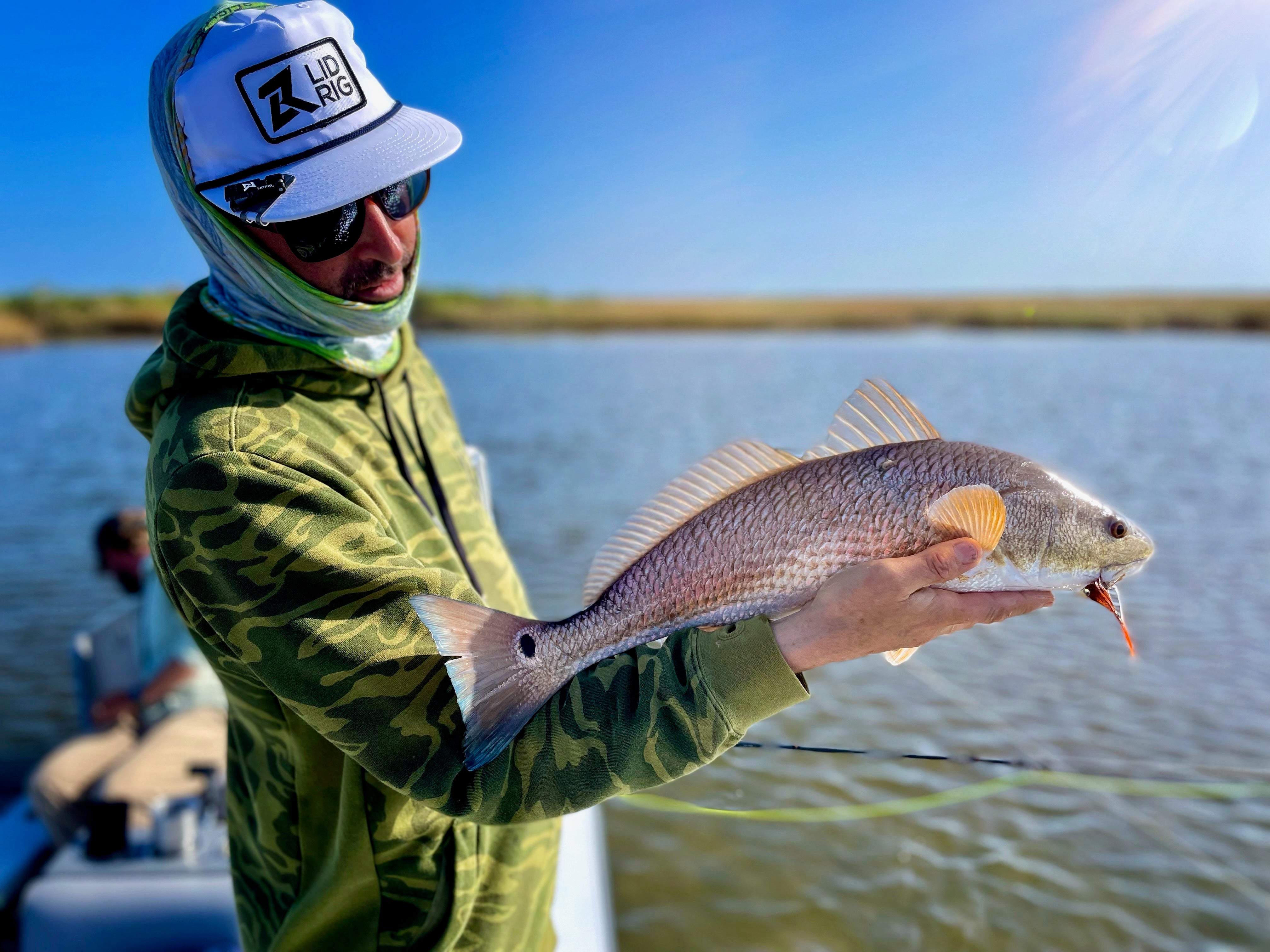If you have not yet read The Ultimate Guide to Beginner Fly Fishing: Gear I recommend you start there.
Like the last article, let’s elevate your fly fishing experience by covering the basics of fly fishing from a technique perspective. When we are done here you should easily be able to pursue the activity and understand the basic requirements to go catch a few fish.
The technique is going to be your friend and is going to enhance your experience far more than anything else. The good news is that I’ll teach you the basics so you can catch fish immediately, but you’ll never run out of things to learn and improve on so welcome to the incredible hobby of fly fishing.
Casting Techniques for Beginner Fly Fishing
The Basic Cast
The physics of fly casting involves utilizing the energy in the rod by allowing the weighted line to bend it and therefore the rod is flinging the line forward. The basic cast is referred to as an overhead cast. There are casting instructions online from all kinds of experts. The real key is to take your rod out to the park and put a few things on the ground in different directions with varying distances. Next, pull out about 15-20 feet of line and start to feel how when you wave the rod the feeling changes when there is more or less line out and when you change directions.
Next, set up your cast. Your cast is a combination of various things and many of these YouTube videos are going to teach you better than my writing. Here is a good video to start, however, I want you to keep these things in mind as they are important.
- Your casting action should derive from the elbow and the elbow should mimic a sliding motion with a slight bend back and forth. By doing this you are ensuring that the tip of the rod stays in a straight line which will in turn improve your casting.
- Don’t try to cast too far when fly fishing. Short casting is actually more effective in most cases. Instead, utilize your stealth, approach quietly and deliver a deliberate, short and effective cast that is set up for a good drift.
- The most important aspect at the start is to get the fly where you need it. Work on good technique but focus on accuracy. This can be done in the park by casting at items you have set out to practice with.
Casting can be really easy at the start and gets far more difficult as you improve because you realize that you can improve more and more. I liken the art of casting to the saying “you don’t know what you don’t know” so when you learn more you realize just how complicated it is to take that next step. That’s okay because although casting may seem complicated it really isn’t once learn some of the basics and begin practicing.
Advanced Techniques
There are numerous advanced casting techniques and you should work on them regularly. This article explains more about several tips including advanced casting techniques and can help you advance extremely fast in your beginner fly fishing role.
Reading the Water
Fish location is determined by factors like water oxygenation, temperature, and food availability. Trout, for example, prefer water temperatures between 50°F and 60°F and are often found in oxygen-rich areas like riffles. Understanding the hydrology of streams and rivers, such as the presence of undercut banks and deep pools, can indicate prime fishing spots. Keeping in mind that trout want a few things can help you out with fish location
- Safety: Trout want to be safe and free of predation so they seek out safe environments or areas where they can quickly flee to safe environments. Think of a fish out in slow water but has a deep hole or a log close by that they can flee to for safety.
- Food: All fish want and need food to survive and it is this that ultimately makes them a target for us because they are so driven they will make mistakes like eating a false food source, A.K.A fly. The waterways you go to hold good and typically the food is a repeatable source. For example, in stillwater, nymphs (a form of food) are typically just at the top edge of the vegetation source off of the substrate. They also tend to be in areas of structure. For example, baitfish hang around rocks and walls so larger fish do too so they can ambush them. Rivers or moving water are like conveyor belts of food that are flowing down the river and trout sit in a spot where they can access the food easily. Examples are where water chokes into a flow and pours out. At the pour-out or seams, the food is concentrated so the fish are too.
- Energy Conservation: Fish have to be lazy because they have to be. They are always up against resistance and looking to preserve strength. They also are not aware of what the next meal is until it is presented so they look to conserve if possible. Look for slow water with a little resistance that is next to a concentrated food source.
Keeping in mind these three things will help you identify broad areas of potential. They are often indicated by other clues like paths to fishing spots, worn-down spots, etc. However, there are often fish in locations that are hard to get to so don’t forget those as well. Talk to other anglers and ask for help. Ask them to point out two spots and explain to you why they are good spots. Lastly, read this book, Reading Trout Water, it is an excellent resource for learning how to read water.
Wading Safety for Beginner Fly Fishing
Next up is your wading techniques allowing you to be safe and also put you in position for success.
- Understanding Water Conditions
Second, look down stream you want to see what the consequences of a fall are. Meaning, if you were to fall is it a quarter mile of hard river or a slow pool that you can stand up in or swim out of. The key is understanding what the risk and resulting consequences are then to make a good judgement call.
- Buddy System
- Mind Your Step
- Know Your Limits
Drifting Your Fly
Basic gear, basic casting, and basic wading are going to put you in position to make your first few casts and likely catching a fish as a beginner fly fishing enthusiast. Again, this is basic so don’t overthink it. You are going to select some flies attach them to your line and now attempt to actually catch something. Last you’ll need to present your fly to the fish in a way that nature would show it so you can trick them into eating it. Read this article on getting a perfect drift to understand how fish see, where you need to land a fly and have it drift naturally so you can get the task done.
Here are three tips for getting a good drift with your fly.
- When casting you want to your fly line to be in the same or very similar current speed as the fly. When the current that the fly is resting in is different than the lane that your fly is in, you have a difference in dynamic speed. The speed differences cause the two areas to tug and pull on eachother and ultimately drag the fly unnaturally triggering the fish to see it as a unlikely snack.
- Start with shorter casts. I’ve said this before that shorter casts are often better. They are easier to execute, there is less line on the water to help avoid errors in point 1, and your ability to se is much higher. Control the items you can control and set yourself up for success.
- Don’t cast to the target but cast in anticipation of where the target is. For example, casting slightly above a rising fish will allow the fly to settle and drift naturally into place. Here is a podcast describing the scenarios and why this is important.
Hopefully you picked up a few things to remember while you are learning as a beginner fly fishing enthusiast. I could obviously, go on for days about all the ins and outs of fly fishing as a beginner. However, keep in mind that it is “just fishing.” Although, there are rules in fly fishing there are no rules in fly fishing too so go out, be fishy and have a blast. Practice a few of the basics at a time and keep adding items to practice. Most importantly, ask someon on the river for help or tips. Most anglers are very helpful, just show your appreciation and interest and you’ll learn a ton.
Wet nets!

By Christian Bacasa
Host of the Fly Fishing Insider Podcast
www.ffipodcast.com
@flyfishinginsiderpodcast
@dupeafish


